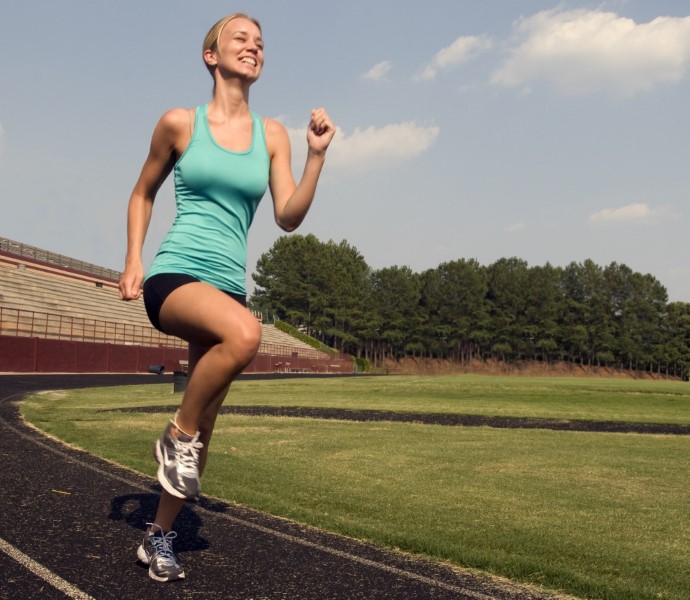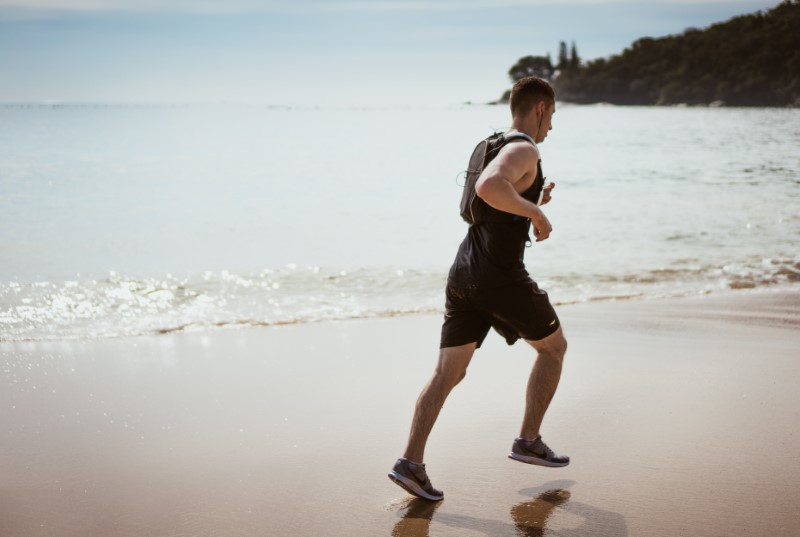What is the first and most important factor should you consider when shopping for InFashion sports shoes? Do you even need these shoes in the first place? How much should you really spend for your footwear?
Table of Contents:
Do You Even Need Running Shoes?
Well, the short and simple answer is yes. Every time you go for a run, your feet undergo the simple motion known as the running gait that lands on your heel, rolls your foot from the heel to the toe, and lastly, toe-off.
Once you step on your feet while, you are exercising a force ranging from one and a half up to thrice the weight of your body. Running shoes have two primary functions. The first one is absorbing a portion of the shock or known as cushioning. The second one is guiding or encouraging your feet in moving in an efficient and safe way through the running gait.

Running shoes are optimized and designed for the simple motion. There are other sports that have several moves, jumps, rotations, and sudden change in direction and speed.
If you wear shoes that are meant for other purposes, you will not get the advantages that running shoes are meant to offer and you are potentially exposing yourself to higher risks of injury.
How Much Do You Need to Spend for Your Running Shoes?
Most of these shoes start at the price of $60 that can go to as much as $200 or even higher.
The most in demand models for almost all brands range from $100 to $120. It is what can give you the best value for your money. These are mainly better compared to entry-level shoes and usually the difference between pricier shoes is not really that big.

Instead of going for a cheaper priced pair of running shoes, it is recommended to buy a model from the previous year. You could expect to pay 25% up to 40% less for this. It is recommended to go for older good shoes instead of one that is cheap and brand new.
If you pay for $150 or higher, most of the time, you will pay for newer technologies or better materials, and not really a better pair.
Important to Factors to Consider
The latest studies revealed that the foremost and most crucial factor to consider when shopping for running shoes is fit and comfort as in terms of risk of injury. Even the smallest issue with discomfort is amplified once you start running.
If the shoes are too long or too short, too narrow or too wide, if a tiny stitch within the shoes rub you in a wrong way, just imagine enduring it for thousands of steps, combined with the swelling of your feet due to the impact of heat or the small stitch forming into a proper blister.
To be sure that you will get the comfortable and correct-fitting sports shoes, considering that your feet are going to swell while running, make sure you try on several brands and sizes and do lots of indoor walking before you make your final decision and wear them on their first run.
Cushioning Defined
Cushioning refers to the ability of the shoes to absorb a portion of the impact. Running shoes don’t share the same level of cushioning. The best running shoes often feature thicker soles. The proper term here is stack height that offers better shock absorption with more weight as well. Apart from personal preferences, men’s or women’s shoes with maximum cushioning are recommended to the heavier runners as well as for day training in general, particularly for long distance runs where injury prevention and comfort are the most important things.
Running shoes with minimal cushioning tend to weigh less, are set lower to the ground, and offer less protection from impact. Most of the time, these shoes are meant for lighter and more efficient runners using the shoes for faster training days and sometimes, even races.
Different Kinds of Cushioning
Imagine yourself going for a run on dry sand. There is well-cushioned impact and comfortable ride but you can’t go that fast. It is because the amount of force that your steps exert on ground gets dissipated through the sand that absorbs the impact’s shock and most of the propulsive force at the same time. This is known as plush cushioning.
This time, imagine running on wet sand. There is harder impact this time and you can go faster as well. It is the same but the reason is the exact opposite of the one before and this is called responsive cushioning.
What is the better choice between these two, then? It all boils down to personal preferences. But, plush cushioning is what you should opt for long and slow efforts as well as responsive cushioning for racing and faster training. Cushioning is balanced when it is a good combination of responsive and plush.
Running Shoe Stability
Recent science revealed the truth about pronation and running shoes. Look for stability or support shoes if you got some instability concerns with your running gait or ankles. Try to stand on one foot for one minute before standing on the other. Are you wobbling a bit? Do you fall? There is a need for you to train your stability and ankles in general yet you also need to look for stability shoes although it might not really be necessary.
Even those shoes that are not mainly promoted as stability might still have inherent stability and this specifically depends on how unstructured or structured their upper is.
Drop in Sports Shoes
Heel to toe drop or drop differential are ways to refer to the difference in height in millimeters in between the shoe’s toe and heel.
Traditional running shoes feature a drop of 10 to 12 millimeters, while low drop shoes have 4 to 6 millimeters. There are also shoes that are categorized as zero-drop.
Higher drop favors landing with your heel and lower drops move your gait to landing on the forefoot or midfoot. Again, this is a matter of personal preference but beginners are recommended to go for traditional drop since shoes with low drop might put too much stress on the calf muscles.